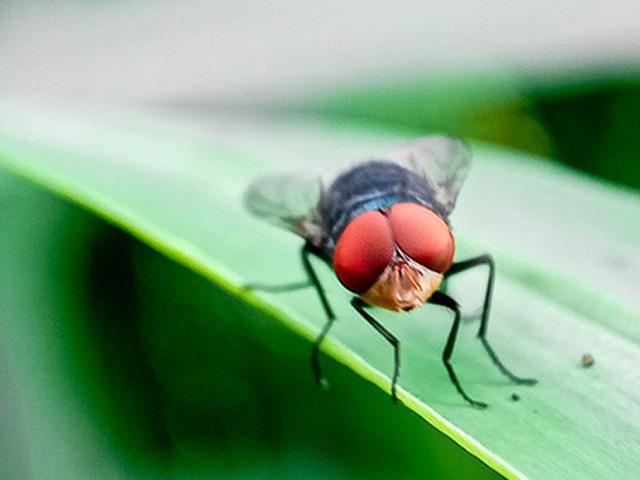USDA Rolls Out Five-Pronged Plan To Combat New World Screwworm

Photo courtesy of USDA’s Animal and Plant Health Inspection Service
U.S. Secretary of Agriculture Brooke Rollins announced the launch of an $8.5 million sterile New World Screwworm (NWS) fly dispersal facility in South Texas, along with a five-pronged plan to detect, control and eliminate the pest. The plan’s steps include:
1. Stop the pest from spreading in Mexico and ensure we are full partners in eradication
- USDA spent $21 million to renovate an existing fruit fly production facility in Metapa, Mexico, which will provide an additional 60-100 million sterile flies a week to stop the spread, on top of the over 100 million already produced in Panama.
- Over the last two weeks, USDA conducted an in-person audit of Mexico’s animal health controls. These allowed APHIS to see firsthand the challenges and opportunities in Mexico toward combating NWS.
- USDA is working closely with Mexico to improve its surveillance and detection of NWS.
2. Protect the U.S. border at all costs
- USDA will support Mexico’s strategic trapping along our shared border and ensure regular reporting.
- USDA will escalate communications and public outreach along the U.S.-Mexico border to create a “barrier zone of vigilance.”.
- APHIS cattle fever tick riders in collaboration with U.S. Customs & Border Protection and with state partners will intercept and treat stray and illegally introduced livestock.
3. Maximize our readiness
- USDA will partner with state animal health officials to update and finalize emergency management plans and support federal, state, and local responders.
- USDA will ensure sufficient NWS treatments and will work to remove any federal regulatory hurdles for their use.
4. Take the fight to the screwworm
- USDA will immediately begin building a sterile insect dispersal facility at Moore Air Base, set to be completed in 2025.
- USDA is exploring all options to eradicate NWS, which includes potential expenditures in new technologies.
5. Innovate our way to eradication
- USDA is pursuing innovative research to improve sterile insect technology, exploring development of better traps and lures, exploring next-generation NWS treatments, and assessing the potential use and practicality of additional strains or genetically modified versions of the pest.
- USDA will strengthen partnerships with land-grant universities in border states such as Texas, Arizona and New Mexico to facilitate local training, trap deployment, surveillance validation, and stakeholder outreach.
